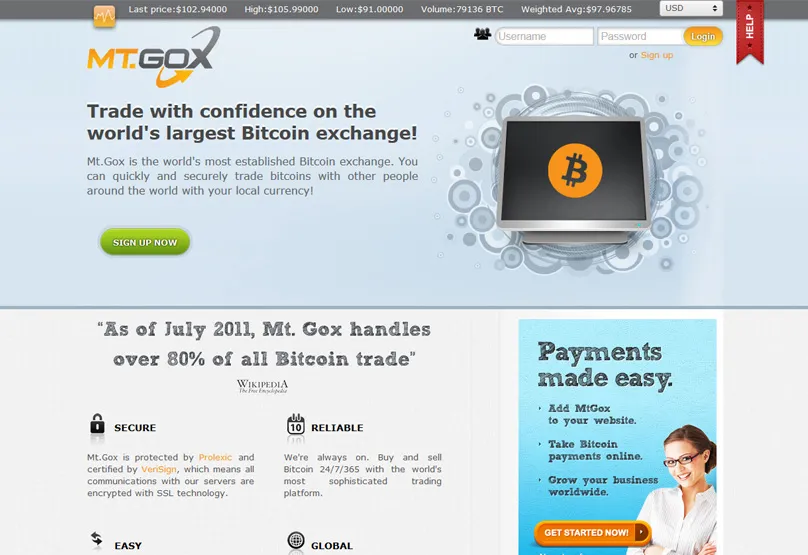How to Choose the Crypto Trading Platform That’ll Transform Your Small Change into a Fortune!
Over the past decade, crypto trading platforms have evolved dramatically to meet the needs of both new and sophisticated traders in the dynamic digital asset markets. What started as basic trading interfaces focused solely on bitcoin has grown into full featured exchanges and brokerages offering access to hundreds of coins and tokens.

(Mt. Gox became popular as one of the first major Bitcoin exchanges in 2010)
The first crypto exchanges like Mt. Gox and Bitstamp were geared towards tech savvy early bitcoin adopters. They offered basic buy/sell functionality with limited charts, order types and customer support. However, as crypto gained more mainstream traction and investors demanded more professional services, platforms began ramping up their capabilities while still maintaining user-friendly interfaces.
New entrants like Coinbase brought simplified onboarding with integrated wallet functionalities to make buying bitcoin a seamless process for retail traders. Companies like Kraken and Gemini placed emphasis on strict compliance protocols to build trust and security. The availability of margin trading and derivatives on platforms like BitMEX and Deribit opened crypto to advanced trading strategies. And the recent rise of decentralized exchanges like Uniswap pioneered automated liquidity pools instead of traditional order books.
Today’s market leading centralized exchanges such as Binance, Kraken and Crypto.com now offer robust charting capabilities, order book depth, access to hundreds of altcoins, derivatives such as options/futures, lending programs, portfolio margining and more. They are rapidly innovating and tailoring their platforms to both institutions and retail users in a competitive environment. Trust and security has also improved with most major exchanges achieving top tier auditing and cybersecurity standards to instill better consumer confidence.
So while the crypto space is still early, trading interfaces have developed leaps and bounds to unlock greater liquidity, efficiency and prove crypto’s market structure continues to rapidly advance. The new functionality added by platforms promises to increase adoption by onboarding the next 100 million users with products resembling traditional brokerage services but natively designed for digital assets. Although there is still much progress to be made, the future of crypto trading looks brighter than ever.